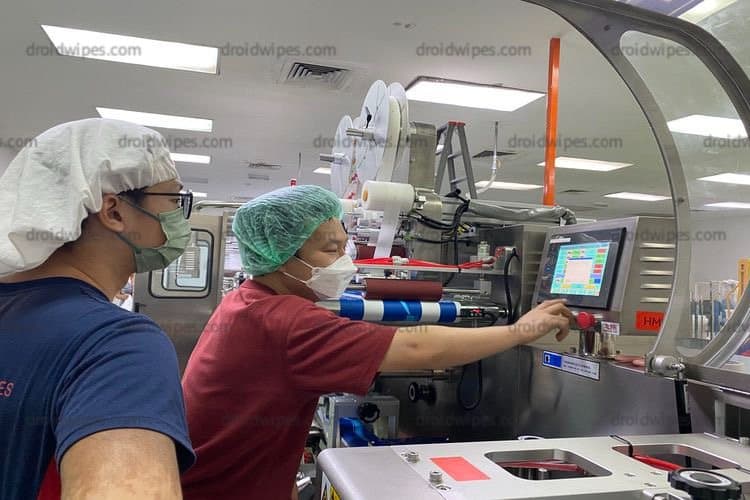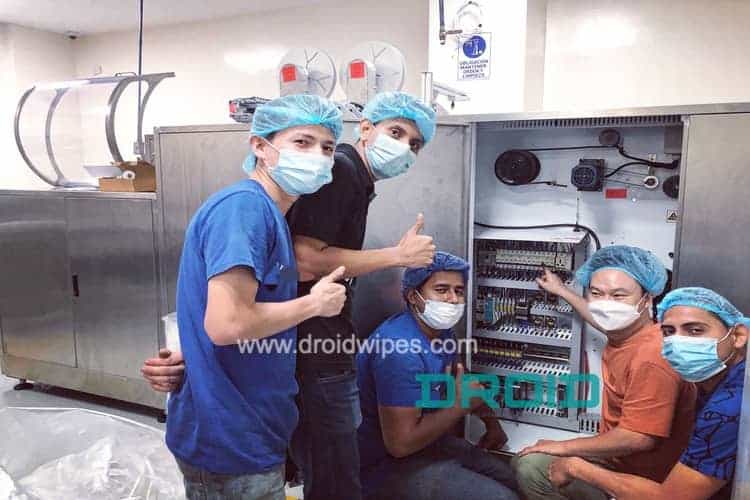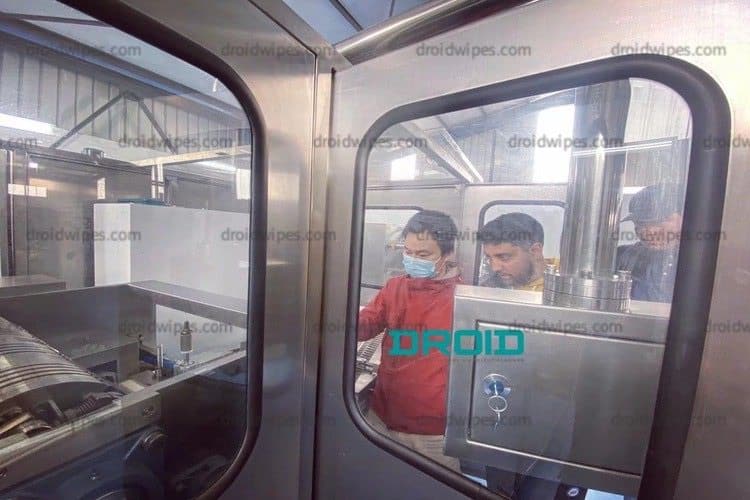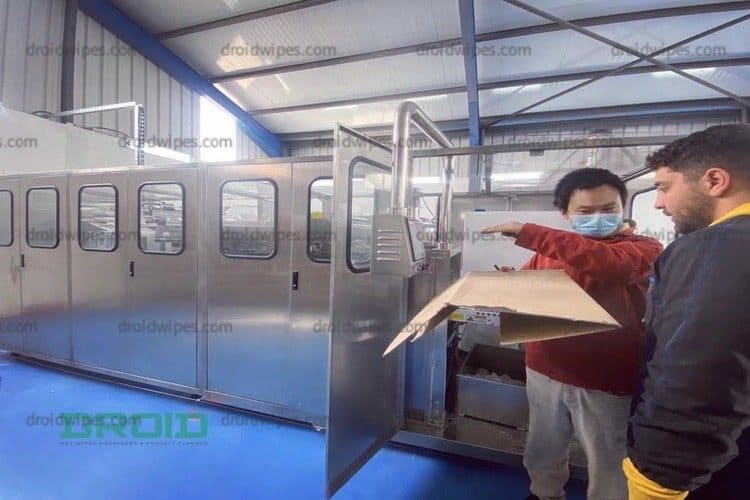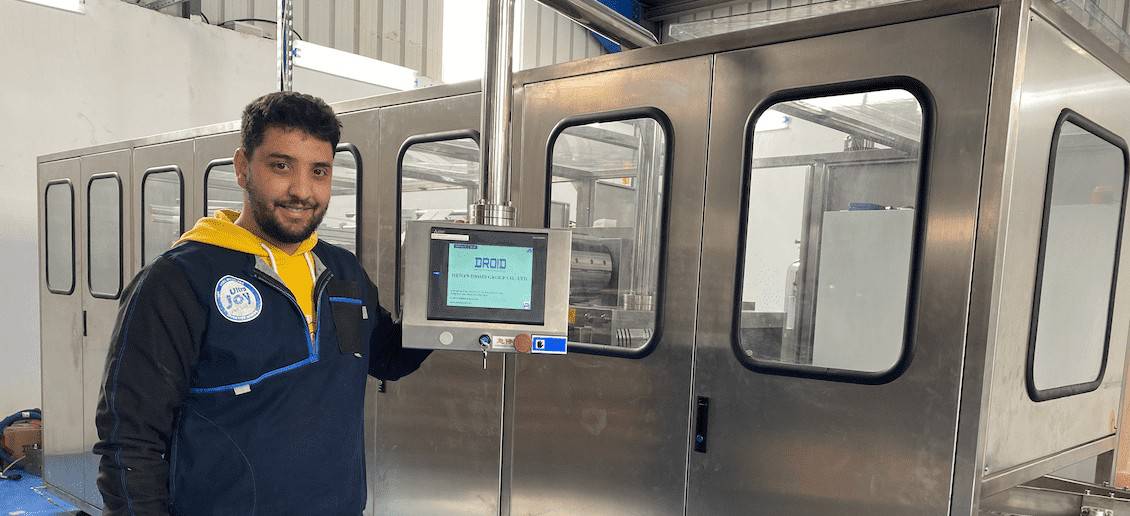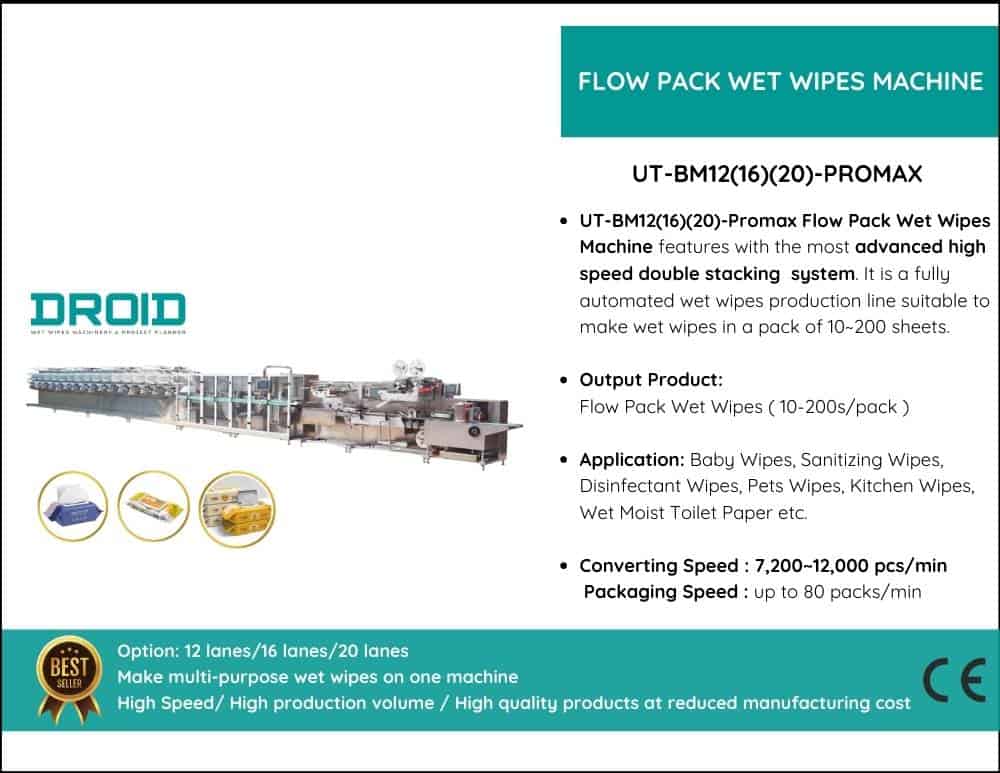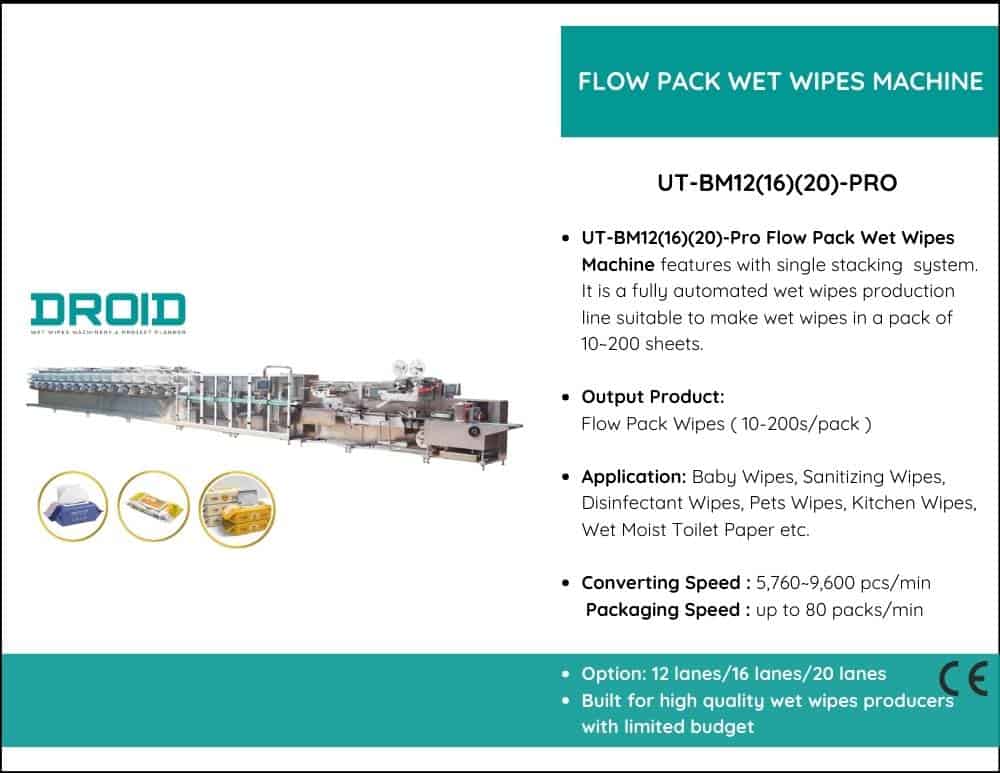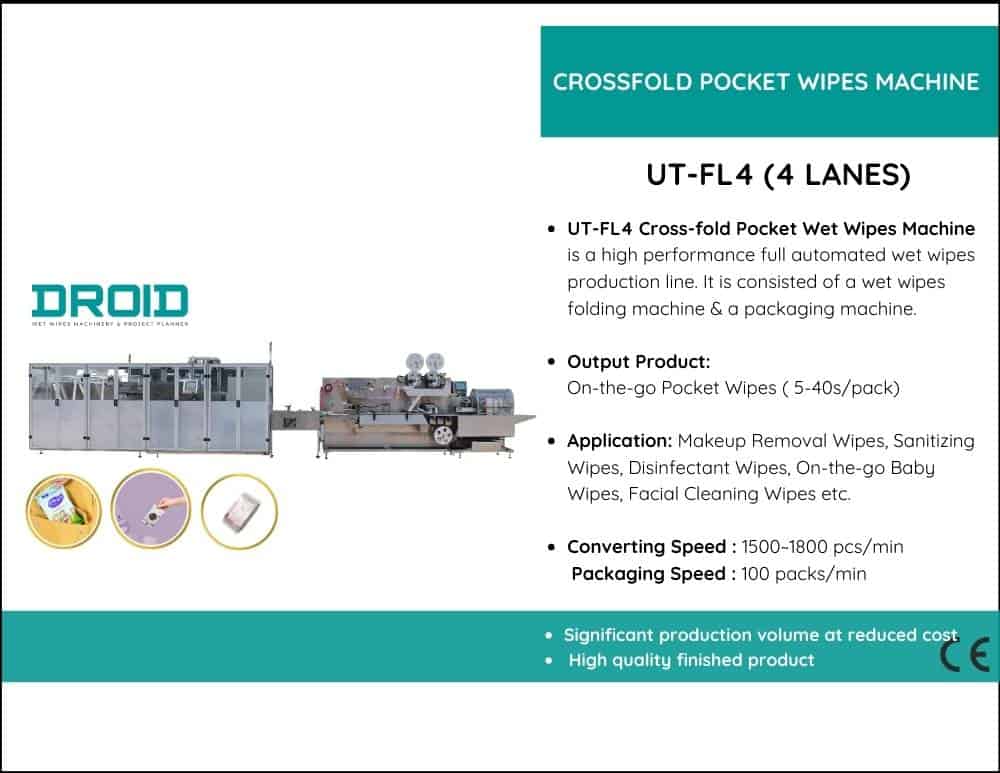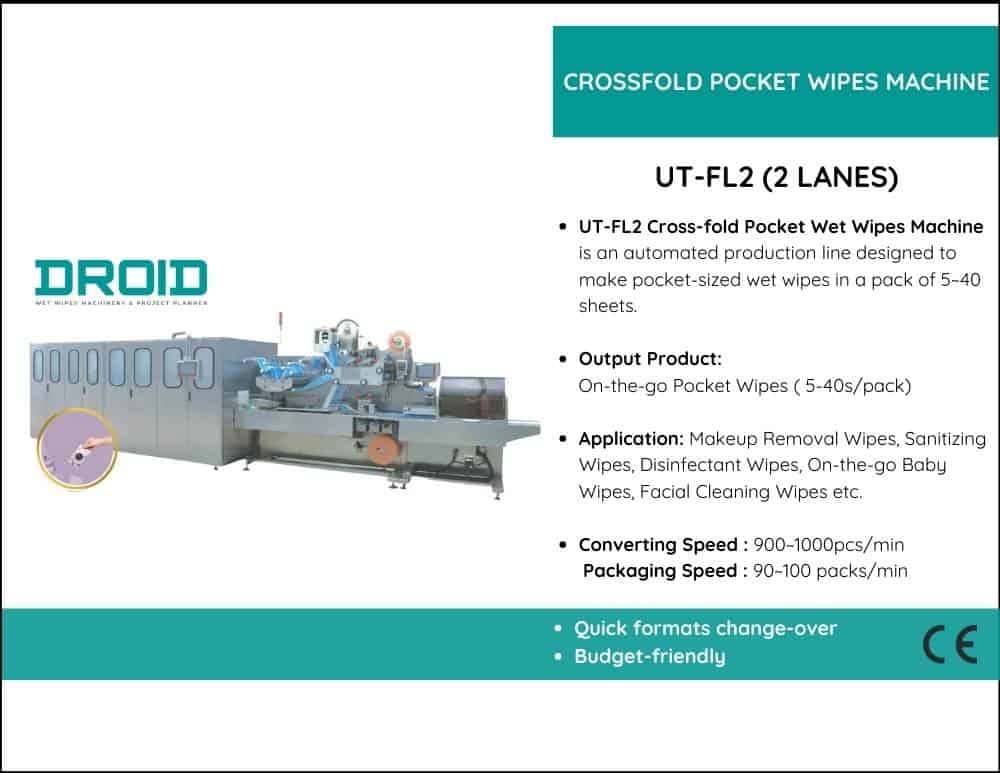In addition to routine cleaning, preventative maintenance is necessary to keep wet wipe machines operating at their optimal performance and prevent expensive malfunctions. A well-planned timetable minimizes unplanned downtime and guarantees that all parts remain in optimal condition.
Monthly Maintenance
As directed in your machine manual, check and lubricate all moving components, such as rollers, guide rails, and bearings, once a month. To stop vibrations and misalignments, tighten any loose bolts, screws, or fittings. Check the condition of the belts and replace any that show signs of cracking or fraying.
Semi-Yearly Maintenance
To ensure dependable operation, conduct a thorough examination of electrical systems, control panels, and safety interlocks twice a year. Examine significant mechanical components, such as folding units and cutting blades, for wear, and replace any parts that exhibit noticeably worsening condition. Additionally, check sensor calibration to ensure precision while folding and dispensing liquids.
Yearly Maintenance
Conduct a comprehensive machine audit annually, encompassing a thorough examination of all pneumatic, electrical, and mechanical systems. To prevent unplanned failures, replace high-wear components, such as filters, gaskets, and seals. To increase productivity and safety, think about modernizing control systems or software.
Manufacturers can keep wet wipe machines operating at their best, increase equipment longevity, and save long-term repair costs by adhering to these preventative maintenance guidelines. In addition to safeguarding your investment, preventive care guarantees seamless, continuous output.



